
Where to sell paintings in Minnesota?
Interested in selling a painting?
We have received top dollar for paintings. Auction is the best way to quickly and transparently get maximum dollar for your artwork.
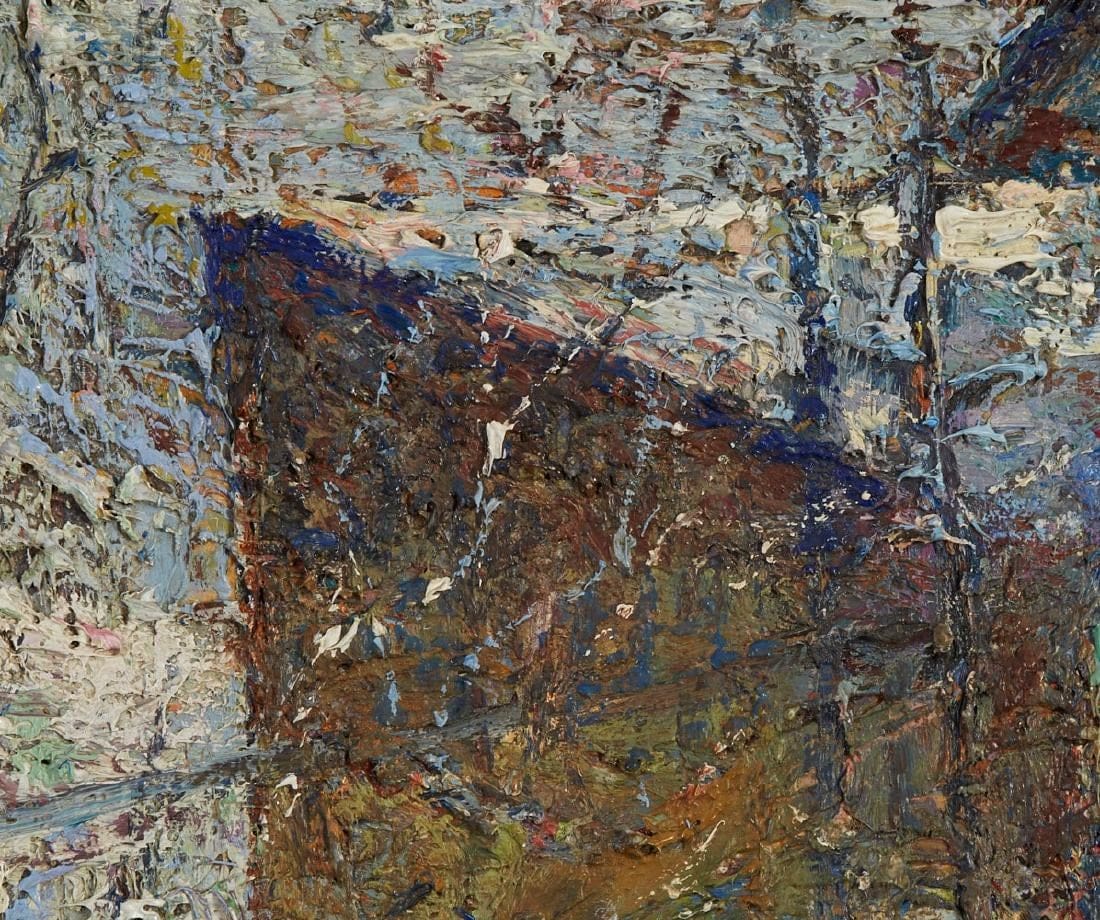
Close up of an oil painting
Where to sell paintings in Minnesota?
Before you sell a painting it is important that you have information about it that will enable you to make the best decision.. Many people have been given or have acquired an old painting at some point in their lives. You may have purchased it at an estate sale, inherited the artwork, received it as a gift, or purchased it at an art gallery or antique shop. You may be wondering where to sell paintings in Minnesota?
As a partner at an auction house and certified appraiser, I have encountered several wonderful stories about people uncovering expensive paintings from their basements, garage sale finds, and inheritances. That is why it is important to have a basic understanding of what you have before you decide what to do with an object. There are a number of factors that we look into to help us determine the value of a painting. We always recommend consulting with a trustworthy expert at some point to get a true idea of the painting’s value, but it never hurts to have some basic understanding about your painting and learn about things to look for.
What is the medium?
When you hear art professionals use the term “medium” it is to describe the material that an artist used to create his/her artwork. The medium is used to describe the substance that binds the pigments. The three main categories to describe artworks are drawings, prints and original paintings. Drawings usually have a medium of pencil, pen, ink, or wash. Prints have a variety of different methods including etchings, lithographs, woodcuts, serigraphs, woodblocks, and many more. Prints typically have an edition number. You can usually find these numbers along the lower left or right. Original paintings are typically painted with watercolor, gouache, oil, acrylic, and pastel. If you look at the surface closely, you can typically see texture from the paint, however it is difficult to see texture with watercolor.
You may encounter a three dimensional sculpture. Sculptures are typically created with bronze, marble, wood, steel, alabaster, spelter, and/or ceramic. Having an understanding of the medium of an artwork can have a big significance in determining the value of the painting, print or sculpture. Determining the medium of an artwork is essential in determining the value of the piece. In most instances, an original painting is more valuable than a print. Typically, the market considers oil and acrylic paintings as being the most valuable. For sculptures, there is usually very little difference in terms of value between the mediums with the exception of spelter, this is a cheap metal and usually is a reproduction of a bronze sculpture and has less value. However, several artists such as Frederic Remington are reproduced heavily. Some of these sculptures are still produced today and they have significantly less value than a sculpture that was done during the artist’s life.
Who is the artist?
Identifying the artist is typically the most important factor in determining the value of the painting or sculpture. Most paintings are signed along the lower left or right corner. Sometimes they will be signed on the back which is also called the verso. It is common for an artist to sign an artwork with only their last name. You will find that there may be several artists with the same last name, which may complicate properly identifying the artist. For example, in one artist database there are over 1000 listed artists with the last name Smith. Some of these artists’ works sell for over a million dollars, while art by other artists sharing this last name only sell for less than hundred dollars. So you can see there is a lot of importance in determining the artist that created the artwork. Some signatures can be very hard to read and some are only signed with an initial, symbol, or monogram. James Abbott McNeill Whistler signed with a butterfly mark and the Minnesota artists, Nicholas Richard Brewer and Cameron Booth would sometimes only sign with their initials.
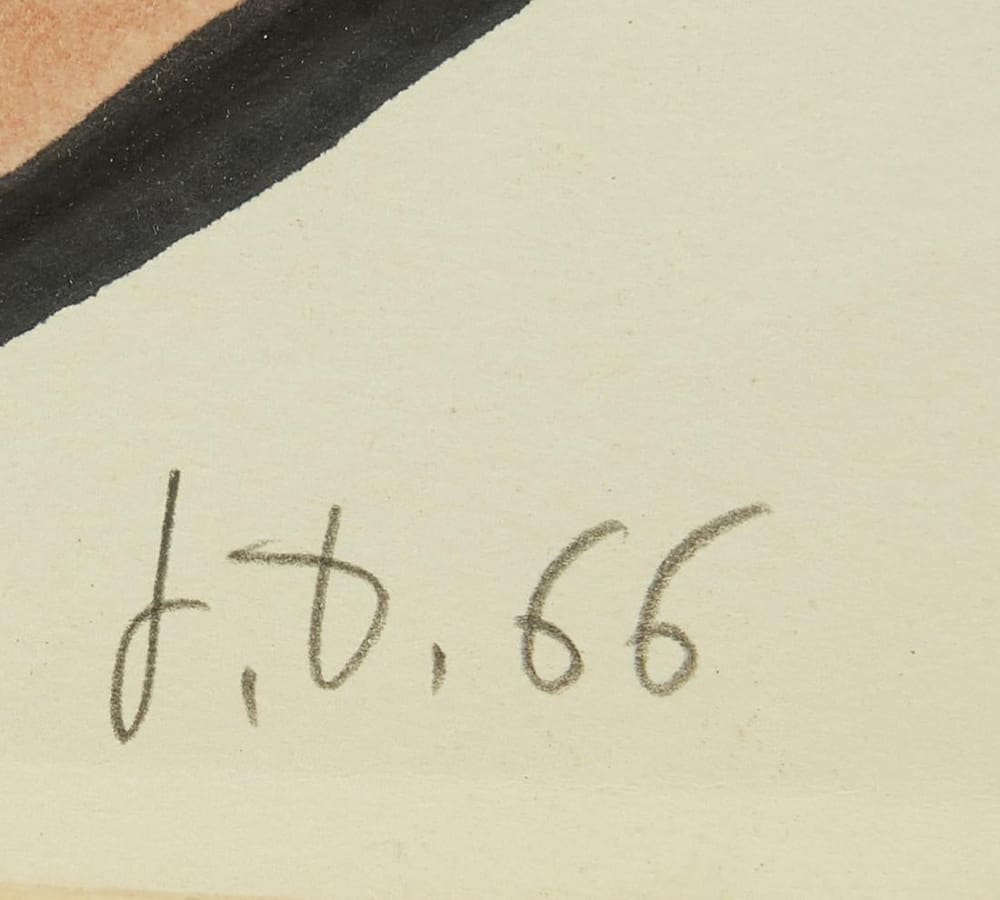
Jean Dubuffet Signature with Initials J.D.
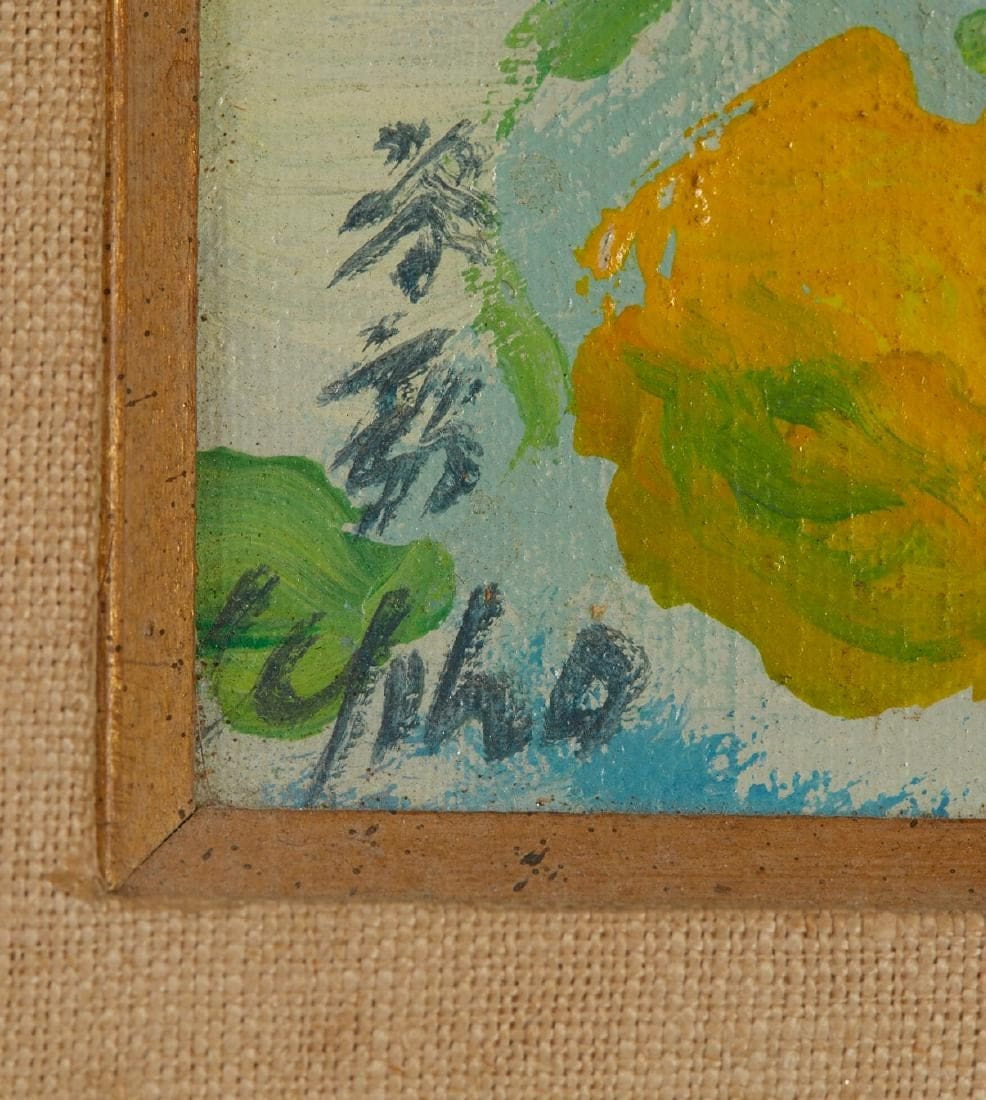
Le Pho signature in both Chinese and English
What is the provenance?
The provenance is the history of ownership for a work of art. The most optimal scenario would be to be able to trace the ownership history from the artist to you.. Unfortunately, with older artworks this is rarely the case and can be very difficult to do. Looking at the back of artworks for any clues can offer a lot of information regarding a paintings provenance. I often tell people that the back of an artwork tells us more about it than the front. Galleries, exhibitions, and museums typically put labels on the back. Collectors value any information about an artworks provenance that can be proven.
Well-known artists are faked often so provenance is very important. Thus, for artworks done by blue chip artists, the provenance can be just as important and valuable as the work itself. Provenance is an important factor to help determine the authenticity of a work.
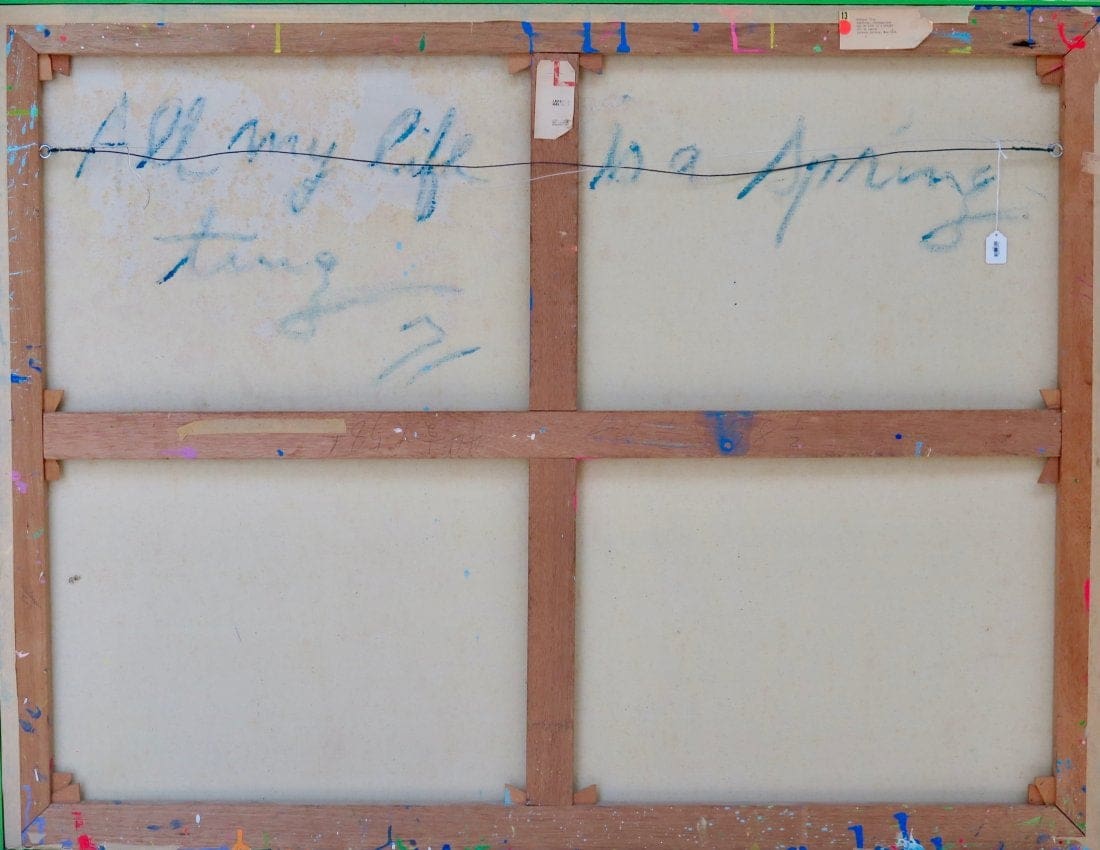
Back of Walasse Ting painting with gallery labels
What is the condition?
Condition plays a large role in valuing and appraising a painting. Assessing the condition of an artwork can be difficult without proper training, experience, or expertise. For paintings, carefully look at the surface of the painting for scratches, paint loss, cracks, and chips. If the painting was done on canvas, inspect it for any rips or tears. If the artwork is on a wooden board, has the board warped? For artworks on paper it is important to analyze how the artwork was framed. Has the paper toned or browned? Are the mat and backing acid free and archival? For work on paper that is framed under glass it may make sense to carefully remove it from the frame to get a better understanding on the artwork’s full condition. For sculptures one very important factor is the patina. The patina is the color of the sculptures surface as it has aged over time, and it must look natural and unaltered to be the most desirable in the marketplace.
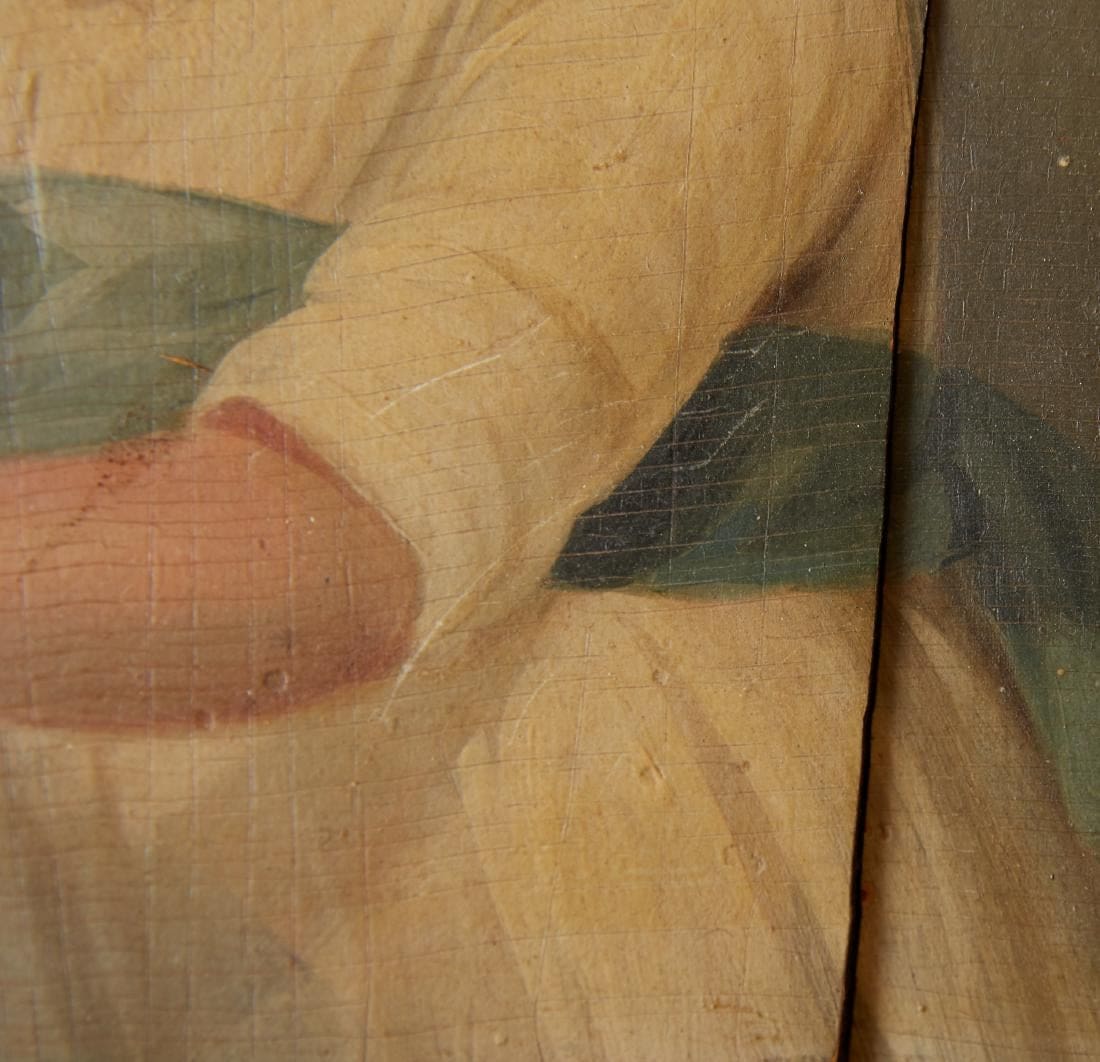
Old painting with broken panel
Where should I sell?
Selling an artwork can oftentimes be a daunting and difficult task. The internet can be a wonderful resource to sell paintings. We recommend contacting an auction house to sell an artwork. As long as you pick a good auction house, it is the best way to let the market decide the value of your painting. Reputable auction houses will also give you an estimate of the painting value and typically do not charge you for this. They are also transparent with their pricing and have the same incentive to sell the artwork for the highest price as you.
Get in touch for a free auction estimate.